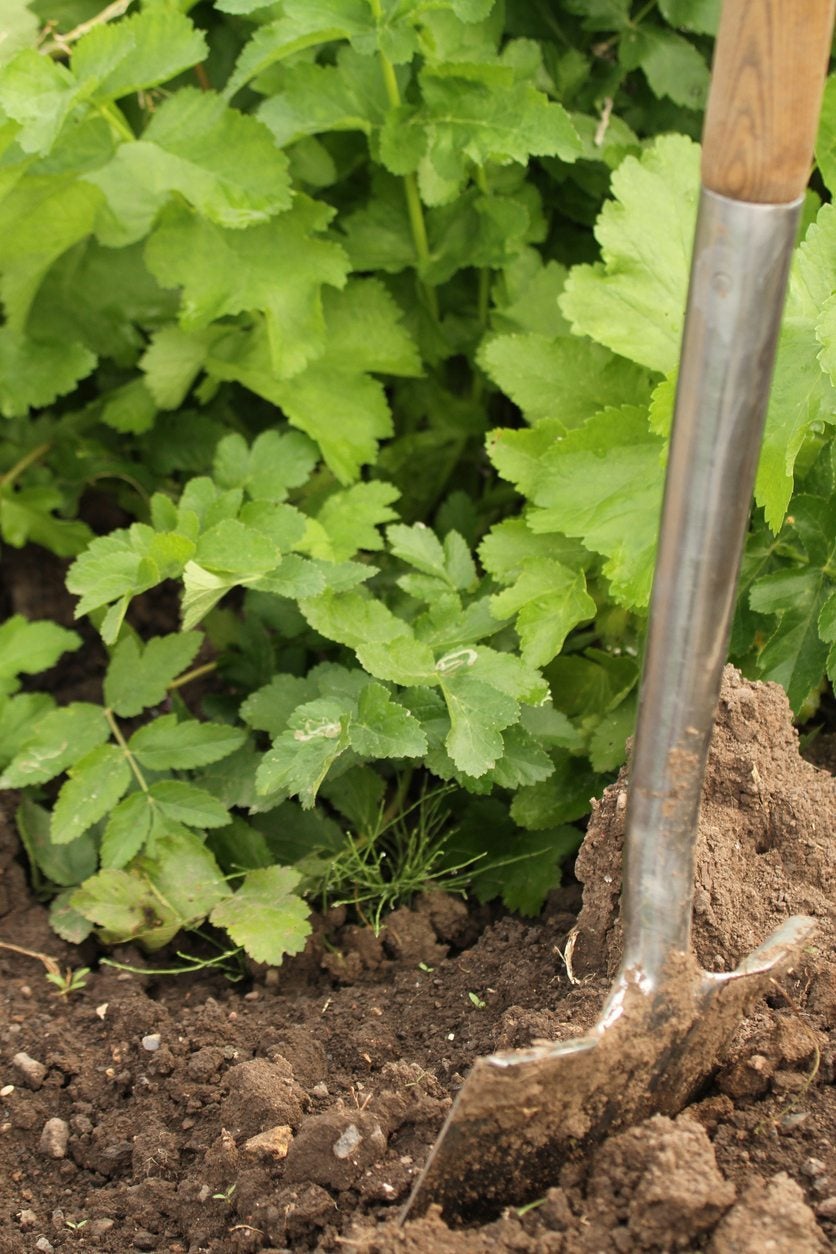Parsnip Soil Requirements – Tips For Parsnip Growing Conditions


A hardy root vegetable with a sweet, slightly nutty flavor, parsnips taste even better after the weather turns frosty in autumn. Parsnips aren’t difficult to grow, but proper soil preparation makes all the difference. Read on to learn about parsnip soil requirements.
Parsnip Growing Conditions
Where should I plant my parsnips? Parsnips are fairly flexible. A planting spot in full sunlight is ideal, but parsnips usually do just fine in partial shade from nearby tomato or bean plants. Preferably, soil for parsnips will have a pH of 6.6 to 7.2. Preparing soil for parsnips is an important part of their cultivation.
Parsnip Soil Treatment
Parsnips require well-drained, fertile soil in order to develop optimum size and quality. Begin by digging the soil to a depth of 12 to 18 inches (31-46 cm.). Work the soil until it’s loose and fine, then rake out all rocks and clods. It’s always a good idea to dig in a generous amount of compost or well-rotted manure, especially if your garden soil is hard or compacted. Parsnips in hard soil may break when pulled, or they may be crooked, forked, or distorted as they attempt to push through the ground. The following tips on improving parsnip soil conditions may also help:
- When you plant parsnip seeds, plant them on the surface of the soil, then cover them lightly with sand or vermiculite. This will help prevent the soil from forming a hard crust.
- Be sure to hoe weeds regularly, but never work the soil or hoe when the soil is wet. Hoe carefully and be careful not to hoe too deeply.
- Water as needed to keep the soil uniformly moist. A layer of mulch applied around the plants after germination will keep the soil moist and cool as temperatures rise. Decrease watering as harvest nears to prevent splitting.
Sign up for the Gardening Know How newsletter today and receive a free copy of our e-book "How to Grow Delicious Tomatoes".

A Credentialed Garden Writer, Mary H. Dyer was with Gardening Know How in the very beginning, publishing articles as early as 2007.